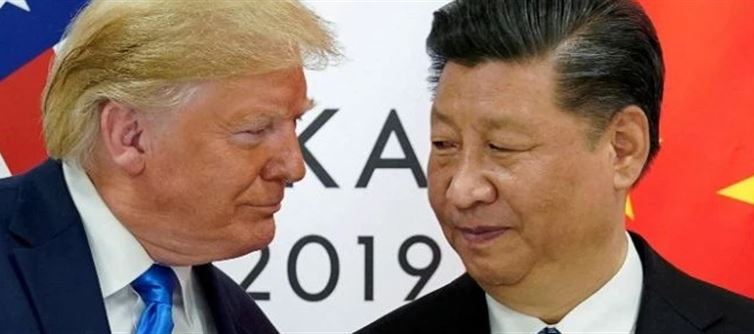
How US decision hamper India's chip design ambitions?
India's EDA sector is expected to be impacted by this development, according to industry experts, and the nation must strengthen its domestic chip design capabilities to counteract China's fierce competition.
Ruchir Dixit, chairperson of the board of directors of the india Electronics & Semiconductor Association (IESA), was quoted in The Economic Times as saying, "The expanding capabilities of China's industry could create increased competitive dynamics, not only for India's EDA sector but also across the wider electronics and semiconductor industry."
Dixit went on to say that until a few months ago, no one considered software to be a supply chain issue, but it is now evident that this is the case. "It includes anything that enables creation and employment in India" . Regarding whether the US action may cause businesses to reevaluate their china Plus One approach, he stated that companies assessing india for EDA or comparable functions may now reevaluate when to make their investments.
Significantly, a number of industry insiders have dismissed these worries. shankar Krishnamoorthy, chief product development officer at Synopsys, said that his company does not expect the US to impose restrictions on india in the same way that china does, pointing to the tight connections between Washington and New Delhi.
Why could china become a major player in the semiconductor industry?
The renewed access to important design software, however, would enable beijing to speed up its R&D and manufacturing activities, which would intensify the global competition for market share and foreign investment, especially in design and packaging. As a result, experts have warned that china could quickly surpass india and other nations in the semiconductor sector.
India needs to advance its chip design more quickly. The global playing field is changing as a result of the US lifting EDA export limitations for china, according to Kunal Chaudhary, partner and co-leader of EY India's Inbound Investment Group, who was quoted by ET. According to Chaudhary, it is now strategically necessary for india to have its own semiconductor design software.
He also emphasized the necessity of focused investment in advanced skill development, intellectual property, and research and development.
The US's decision to lift restrictions on EDA software will enable Chinese companies to increase their advanced chip design efforts, which is a crucial prerequisite for cutting-edge technologies like artificial intelligence (AI) and high-performance computing, according to another expert, Kathir Thandavarayan, a partner at Deloitte India.
Twenty percent of the world's semiconductor design engineers are from india, according to Kathir, and they are essential to the development of sophisticated nodes. The nation is currently working to meet between 75 and 80 percent of the demand for mature nodes worldwide, with the goal of creating an end-to-end value chain in the near future.
Where does india stand?
Dixit pointed out that the indian government's Design-Linked Incentive (DLI) program does not include any EDA companies. He claimed that EDA majors like Siemens, Cadence, and Synopsys made it challenging for startups and smaller businesses to do adequate research and development. "They are all design companies, people who will make or design some silicon or some printed circuit board (PCB) that will go into a system using EDA," he stated.
He stated, "They don't have enough people to solve a problem if it is a very complicated problem," pointing to the lack of EDA firms in india that provide a greater range of services.




 click and follow Indiaherald WhatsApp channel
click and follow Indiaherald WhatsApp channel